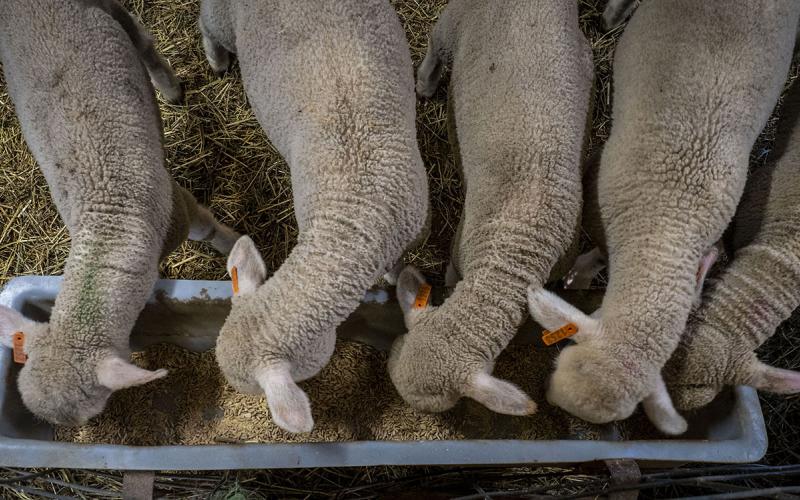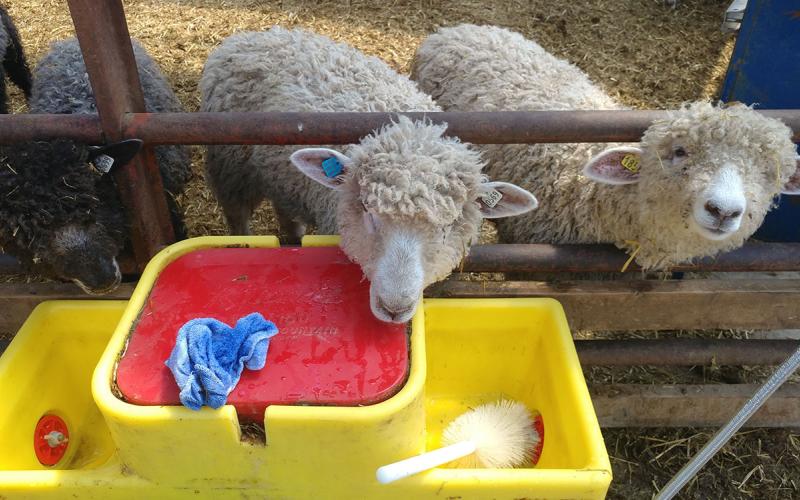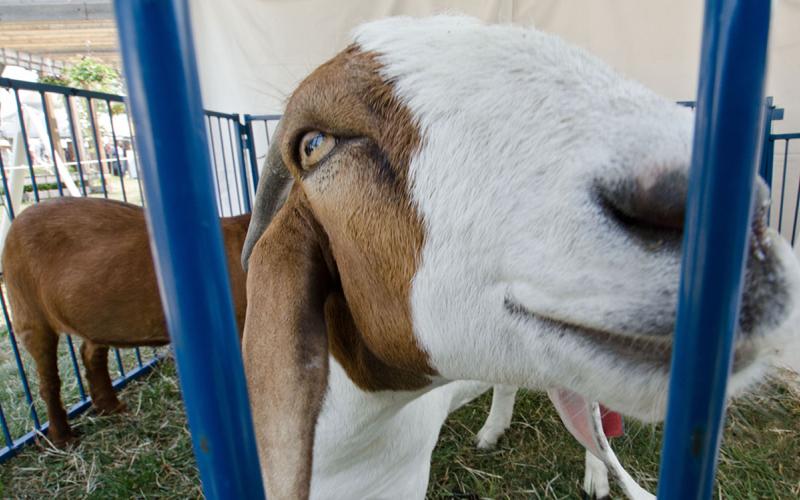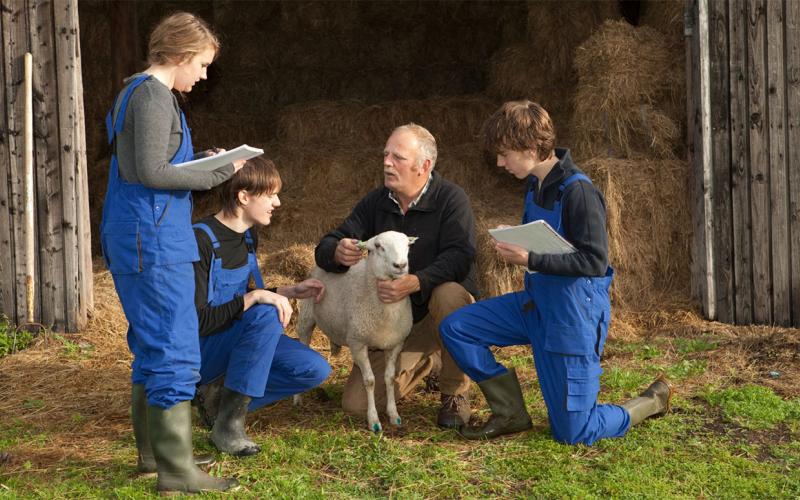Sheep Health
All Sheep Health Content

Mineral Considerations for Sheep
Minerals play an integral role in many reactions throughout a sheep's body, and they are critical for animal health, performance, and the profitability of an operation.

Mouthing Sheep for Age and the Value of Dental Condition
Dental problems in sheep can lead to long-term loss of production and decreased lifespan. Mouthing is a valuable tool for making culling decisions or identifying age when purchasing sheep.

Producing Safe Food Means On-Farm Antimicrobial Stewardship
Antibiotic stewardship and residue prevention programs can help establish trusting relationships with end users by ensuring safe, wholesome meat or dairy products on your farm.

Sheep Facilities and Moisture
Fact sheet for keeping a barn comfortable and dry to increase lamb survival.

Sheep Water Requirements and Quality Testing
Water intake is critical for ensuring flock health, performance and heat stress mitigation. Learn some key considerations for water quality and intake requirements.

Summer Sheep and Goat Show Sale Requirements
Summer is on the way and with it many sheep and goat shows and sales. Do you have the right documentation to be transporting your animals?

Clostridial Disease Management and Vaccines for Sheep and Goats
Vaccination against clostridium perfringens is universally recommended for small ruminants. Learn some expert vaccine considerations for both sheep and goats.

Heat Stress in Small Ruminants
The Upper Midwest provides periods of extreme heat during summer and shorter periods of heat stress potential during spring and fall. Are your sheep and goats cool enough in their environment?

Are Your Dewormers Effective For Your Sheep or Goat?
Using an effective dewormer properly can be part of a strategy in preventing internal parasites in sheep and goats. So how do you know if your dewormer is effective, and what does it mean to use it properly?

Performing a Field Test for Livestock Water Quality
Learn how to use some simple, readily available tools that can help analyze the quality of your livestock water sources right in the field.